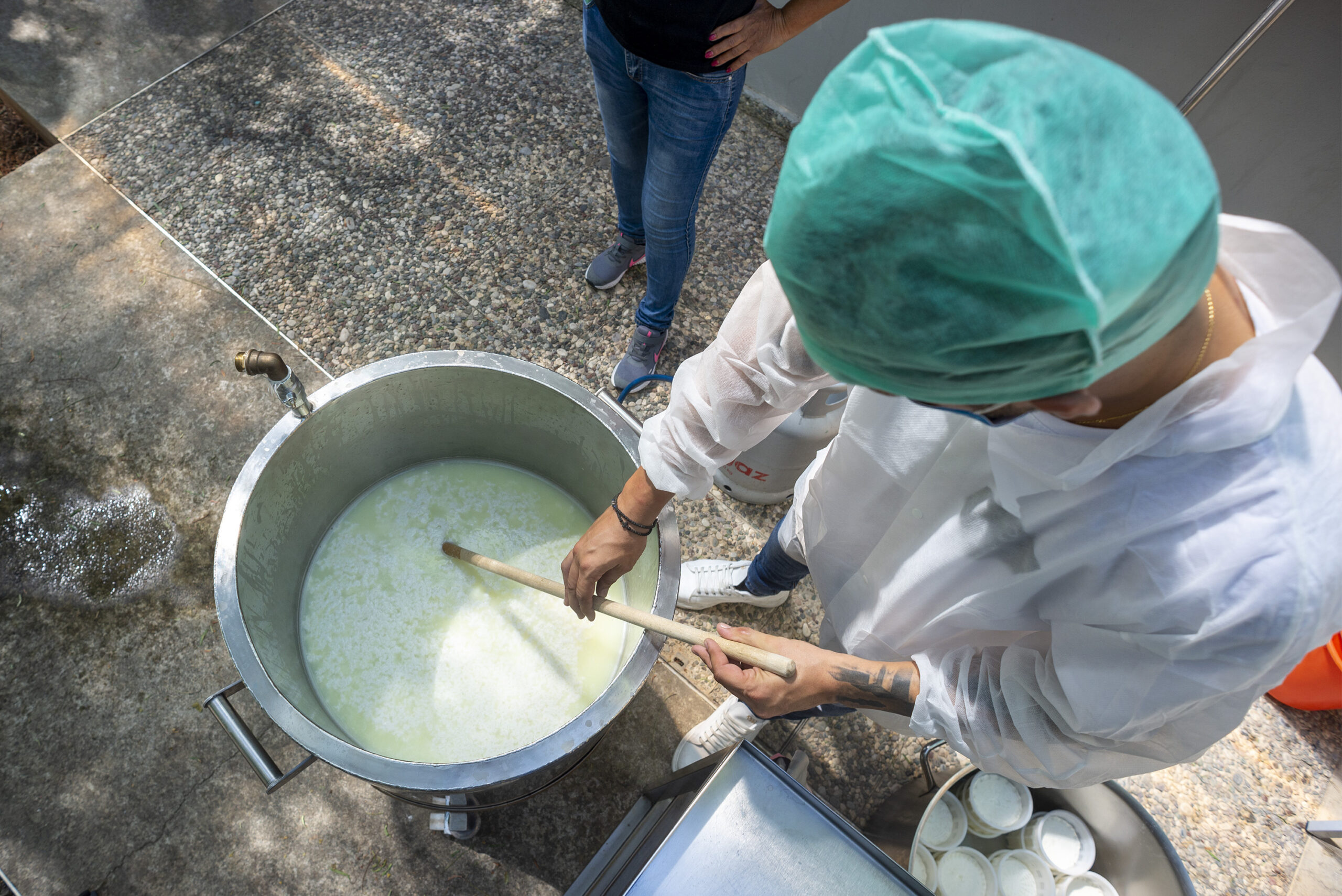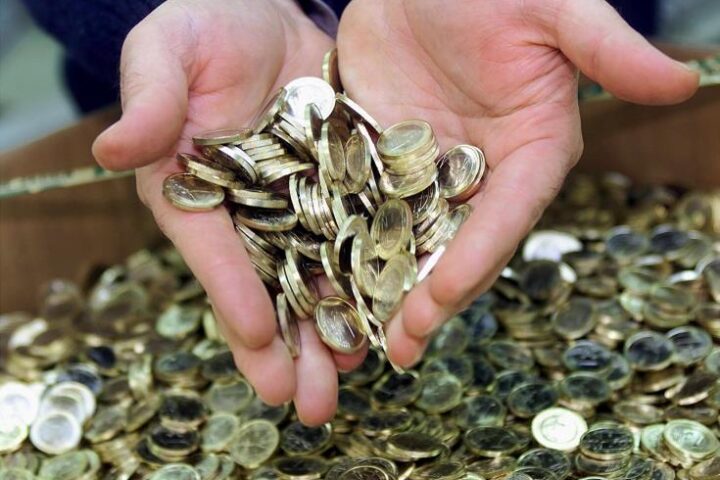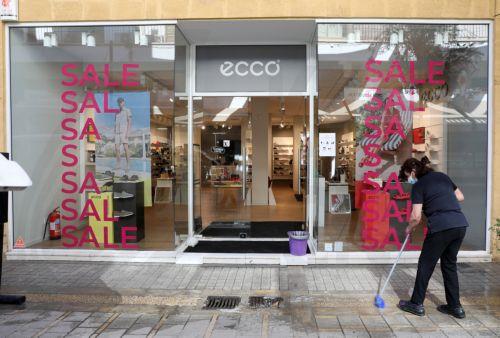Trade through the Green Line could hit an all-time high this year, breaking 2008’s record when close to €8 mln worth of products crossed the divide, but it’s way below potential.
The World Bank told the Financial Mirror that the Green Line Regulation was not as successful as hoped due to red tape procedures and constraints.
Since its introduction in 2004, Greek Cypriots have sold products worth €16 mln to the north, while Turkish Cypriot products worth €79 mln have crossed to the Republic.
An amount considered by analysts and stakeholders as poor, given that Greek Cypriots sell less than €1 mln worth of goods each year, while Turkish Cypriots sell €4.38 mln.
The value of products traded by Greek Cypriots through the Green Line in 2021 was a mere €420,253 and €511,609 in 2022.
An indication there is a lot of room for improvement for one of the most important CMBs in encouraging people-to-people through the EU Green Line Regulation.
A promising trend is building as Turkish Cypriot sales to the south alone reached €8.3 mln in the first eight months of the year, a 170% increase from 2021, when COVID restrictions limited transactions.
These figures do not include electricity supply and fuel sales to individuals filling up at petrol stations in the north.
In a communication with the Financial Mirror, the World Bank said: “Despite the potential economic and social benefits, the two communities still have relatively low economic integration”.
“Green Line trade is still below its potential, and there is room for the Regulation to contribute to trade flourishing for the benefit of both communities in Cyprus.”
However, it notes an increase in the volume, and the types of consumer goods have significantly changed over time.
Constraints and other red tape obstacles continue to hamper the Green Line Regulation as it “was conceived and designed to function as a temporary arrangement”.
Due to the regulatory and non-regulatory constraints, Green Line trade, in volume and composition, is arguably an insignificant share of the productive capabilities and possibilities for trade between the Greek Cypriot and Turkish Cypriot economies.
Goods traded across different economies must comply with several rules and standards to protect human and animal health and the environment.
“These standards are also necessary to support industrial production using input from different economies.
“The differences in the interpretation of how these standards are to be certified and verified, for example, have prevented trade of processed food across the Green Line”.
Some improvements have been made recently, introducing checking and testing for six products in June, including olive oil, halva, tahini, jam, carob, and pomegranate products.
The World Bank 2020 survey indicates the Green Line Trade Agreement boosted contact between Greek Cypriots and Turkish Cypriots, reaching its highest level in 2019, especially among women.
“People are open to exploring economic opportunities in the other community.
“One in four respondents in the Greek Cypriot community and more than half of the respondents in the Turkish Cypriot community work or would like to work in the other community,” said the World Bank.
COVID19
Unfortunately, but inevitably, COVID-19, and the restrictions needed to contain the spread of the virus, brought the movement of people to a halt, with significant implications for both communities.
Since the re-opening of crossings, a record number of people moving between the two communities has been registered.
Mustafa Erguven, the Deputy Secretary General of the Turkish Cypriot Chamber of Commerce (KTTO), told the Financial Mirror that trade from the north to the south has already doubled in 2022 compared to 2021.
Turkish Cypriot products worth €8.3 mln went south, compared to €3.26 mln for all of 2021.
The official said that restrictions on products such as processed food hamper the regulation’s true potential.
He said that the trade of processed foods is not allowed as the Greek Cypriots want health controls applied to the products which certify they are EU standard.
“The increase in trade is encouraging, and we hope that barriers can be lifted in the near future to the benefit of both communities,” said Erguven.
He argued that Greek Cypriots could benefit from the devaluation of the Turkish Lira, which makes buying products from Turkish Cypriots profitable, while the producers in the north can benefit from the business know-how in the south.
“It must be noted that there are products by Greek Cypriot producers at a much lower price than those we import from abroad.
“Changes to the Green Line Trade regulation also saw Halloumi or Hellim, as the Turkish Cypriots call it, added to the list of products that can be traded.
“We are working with Bureau Veritas to solve some technical issues regarding criteria checks for Turkish Cypriot producers.
“The addition of Halloumi to the list offers us a golden opportunity to promote rapprochement between the two communities.
“Greek Cypriot dairy producers could benefit greatly from cooperation with Turkish Cypriot cheese makers who have lower production costs”.
Could be better
Talking to the Financial Mirror, Jovanna Yiouselli, responsible for the Green Line Regulation for the Cyprus Chamber of Commerce and Industry (CCCI), agreed that trade between the two sides could have been better.
Yiouselli said obstacles such as the imposition of VAT on Greek Cypriot transactions with Turkish Cypriots are an impediment to trade.
“The Turkish Cypriot end-buyer cannot reclaim the VAT from their authority.”
She pointed out that Turkish Cypriot authorities treat Greek Cypriot products as imports from abroad, adding more taxes and making them unaffordable for consumers in the north before they reach the shops.
The CCCI official told the Financial Mirror that although there seems to be no direct correlation between the fluctuations in trade figures with the political situation, the standstill is taking its toll on trade and trust levels.
“The two chambers are in constant contact and trying to find ways to promote Green Line trade.
“Currently, we are both involved in the StartsUp4Peace program, which promotes the cooperation of entrepreneurs between the two communities.”










